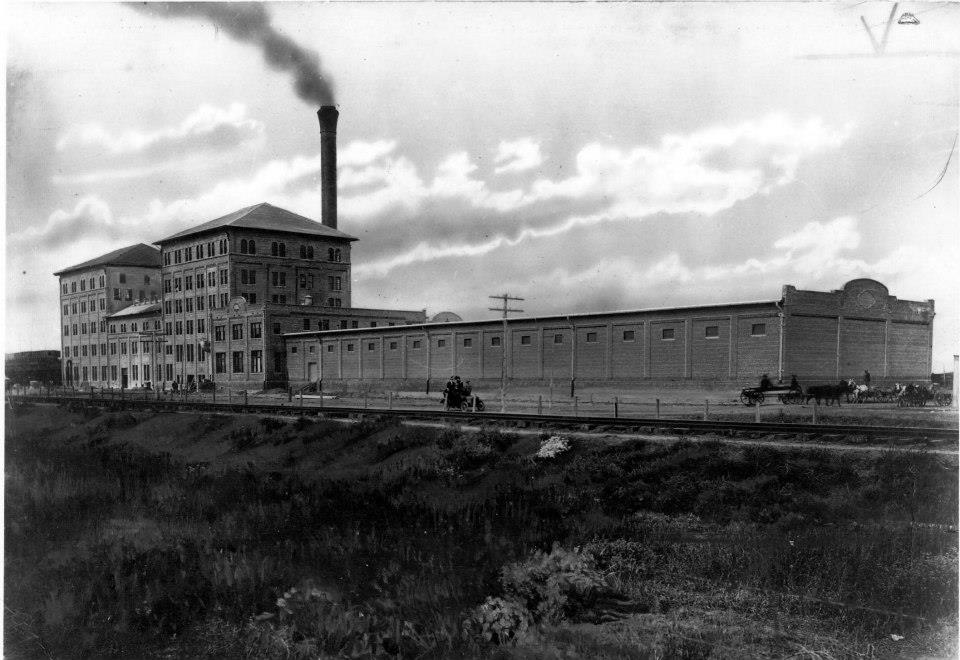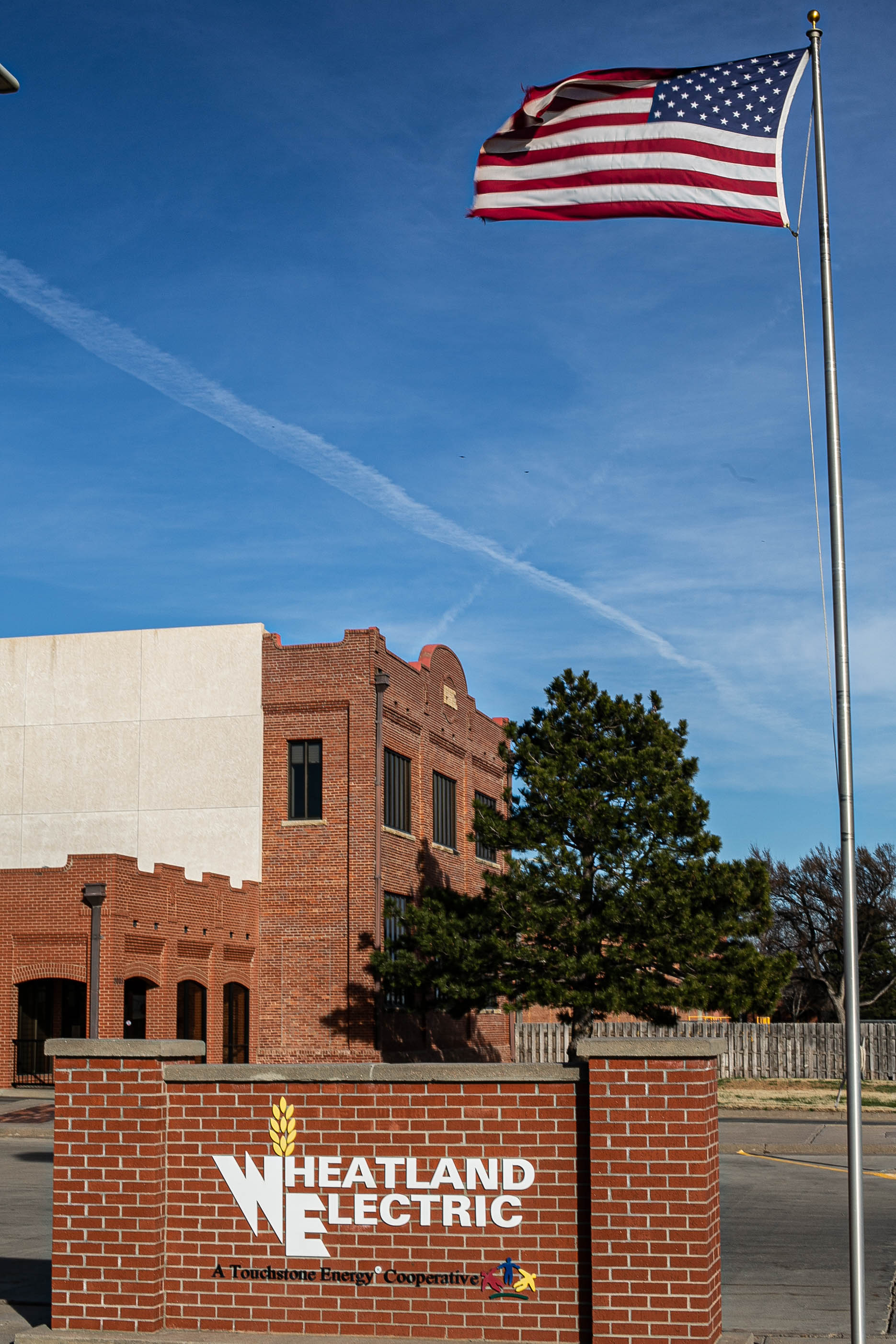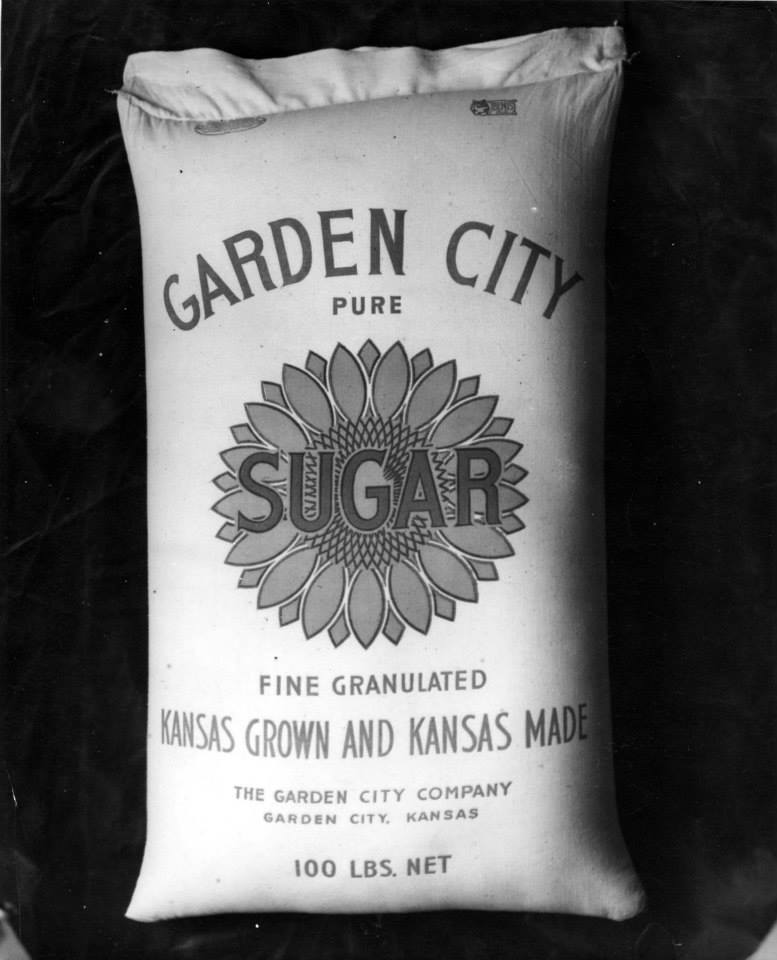Editor's note: This article was first published in our 2022 Annual Report, where you can find more information about the history of our electric cooperative and our 75th anniversary (1948-2023).
In 1889, Kansans were the first to use sugar beets as a source for sugar. They soon became a mainstay crop for local farmers across Finney, Scott and Kearny counties during the 1890s.
By the early 1900s, the sugar beet was the “king of southwest Kansas,” thanks to the efforts of the United States Sugar and Land Company, which had built a $1 million state-of-the-art sugar refinery just west of Garden City.
The 1906 factory was designed to process 600 tons of beets daily. One month after opening, it set a record processing 800 tons of beets into 2,608 sacks of sugar in a 24-hour period, according to the Finney County Historical Society.
By 1913, the company reorganized under the name the Garden City Sugar and Land Company. The company owned thousands of acres of land, a railroad and a power plant by 1916. Local power sources were simply insufficient for the factory’s large-scale operations, and reliable power was critical for irrigation.
Originally known as the Garden City Irrigation and Power Company (until 1957 when its named changed to Southwest Kansas Power Inc.), the steam generating plant designed to process the sugar beets, became a source of power for a growing city and parts of five neighboring southwest Kansas counties.
Garden City entered into a contract to purchase power from the plant from 1921 to 1959, ending a few short years after the factory was closed permanently in 1955.
In 1959, WEC purchased the plant and additional infrastructure for over $3.2 million. The purchase was made possible with the help of 19 sister cooperatives that loaned WEC approximately $640,000 to purchase Southwest Kansas Power’s assets. At the time, REA was reluctant to make federal loans for generation facilities unless multiple co-ops would benefit from the investment.
In 1968, part of the sugar beet factory was torn down after a large fire the year prior caused widespread destruction to the facilities.
Today, what was once the glorious site of one of the largest sugar beet factories in the world, is still a source for local economic growth and prosperity. WEC uses what remains of the sugar beet factory’s buildings for both office and operations space to serve one of our largest districts, Finney County, northwest Gray County, and eastern Kearny County. The original site is also home to a natural gas-generating unit for Sunflower Electric Power Corp., our wholesale power supplier.
A travel and destination hub, the City of Garden City has benefitted not only from the reliable power supply generated by the former sugar beet company, but also from WEC. We have provided reliable power to the region for many decades and have been proactive in making sure our neighboring communities have adequate capacity to grow in the decades ahead.




